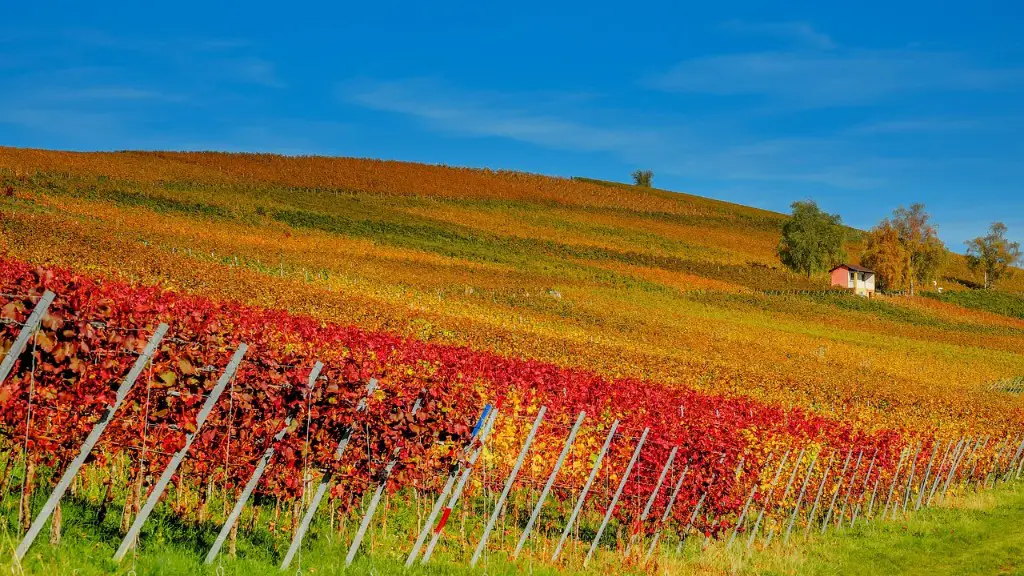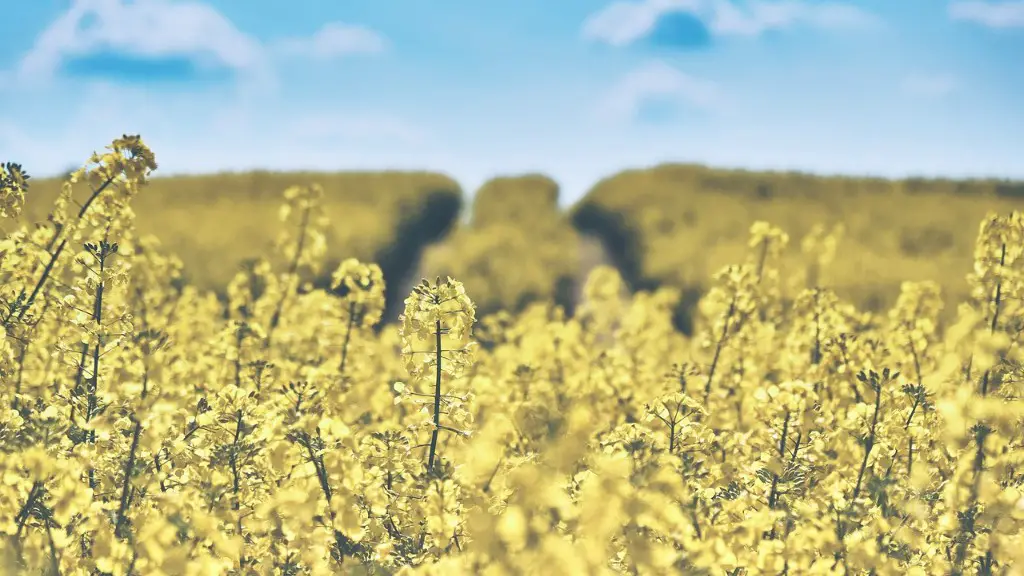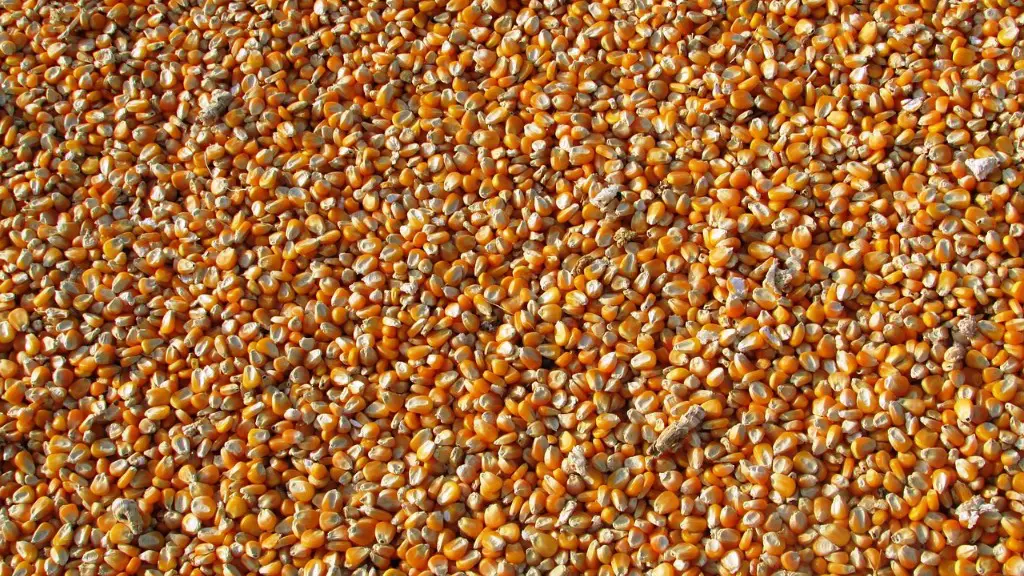There is some debate over how Agriculture started, but the most likely explanation is that it started with the domestication of plants and animals. This means that early humans began to intentionally breed plants and animals for specific traits that would be useful to them. For example, they may have bred plants that were more resistant to pests or that produced more food. Early Agriculture allowed humans to settle in one place and form civilizations.
According to anthropologists, the earlieststart of agriculturedates back to at least 10,000 years ago. It is thoughtthat early people first began to domesticatetrees and plants. From there, they began to cultivatefields and rearlivestock.
Where did agriculture originate and why?
The Zagros Mountain range, which lies at the border between Iran and Iraq, was home to some of the world’s earliest farmers. Sometime around 12,000 years ago, our hunter-gatherer ancestors began trying their hand at farming. They cleared areas of forest and began to plant crops, raising livestock as well. This new way of life slowly spread across the globe, changing human society forever. Today, farming is a vital part of many cultures and continues to play a significant role in human society.
Agriculture is thought to have originated in a few small hubs around the world, but the first evidence of it comes from the Fertile Crescent, a region in the Near East that includes parts of modern-day Iraq, Syria, Lebanon, Israel, and Jordan. The Fertile Crescent is thought to be where crops were first domesticated, and it’s thought that early farming methods were developed here. Agriculture allowed for the growth of civilizations and the development of cities and states. It also allowed for the growth of food surpluses, which allowed for the development of trade and commerce. Agriculture has had a profound impact on the world, and it all began in the Fertile Crescent.
Who first invented agriculture
The ancient Egyptians were among the first peoples to practice agriculture on a large scale. They started in the pre-dynastic period from the end of the Paleolithic into the Neolithic, between around 10,000 BC and 4000 BC. This was made possible with the development of basin irrigation. Basin irrigation is a method of irrigation in which water is collected in a basin and then distributed over a larger area. This allowed the ancient Egyptians to irrigate their crops and support a large population.
Agriculture is the cultivation of food and goods through farming. It is thought to have been practiced sporadically for the past 13,000 years, and widely established for only 7,000 years. Agriculture background is very important in order to produce the vast majority of the world’s food supply.
How did early humans start farming?
The climate of the world was changing, and people observed places where edible plants like seeds, plants, etc were found. They started growing their own plants, and thus, they became farmers.
However, a new study suggests that farming may have actually originated much earlier, some 23,000 years ago, in a region known as the Fertile Crescent, which includes parts of modern-day Turkey, Iraq, Iran, Syria, and Lebanon.
How did agriculture begin in America?
It is interesting to note that agriculture began independently in both North and South America. This is in contrast to the development of agriculture in the old world, which took place over a period of thousands of years. It is thought that this difference is due to the fact that the Americas were populated by humans relatively recently.
Agriculture likely began during the Neolithic Era, before roughly 9000 BCE, when polished stone tools were developed and the last ice age ended. Historians have several theories about why many societies switched from hunting and foraging to settled agriculture.
What was the first type of agriculture
Humans began to invent agriculture during the Neolithic era, or the New Stone Age. This was a time when humans started to use tools made of stone, rather than simply using their bare hands. The Neolithic era saw the development of eight different crops: emmer wheat, einkorn wheat, peas, lentils, bitter vetch, hulled barley, chickpeas, and flax. Each of these crops had a different use, and they allowed humans to start to settle down in one place, rather than constantly moving around to find food. The Neolithic era ended with the development of metal tools, which made it easier for humans to farm and to build shelters.
Today, agricultural communities are present all around the world, each with their own unique customs and traditions. Though the methods of farming may have changed over the years, the core principle of working the land to yield food and resources remains the same. These communities provide a vital service to the global population, and will continue to do so for centuries to come.
Who was the first farmers on earth?
A new study has revealed that the first farmers may have actually been a mixture of Ice Age hunter-gatherer groups, spread from the Near East all the way to south-eastern Europe. The study looked at the genetic origins of the first agriculturalists in the Neolithic period and found that they were not all from the Near East as previously thought. This discovery could change the way we view the history of human migration and the spread of agriculture.
Lentils are an important part of human history, dating back over 13,000 years. They were a staple food in ancient times, providing a key source of nutrition and sustenance. Today, we continue to enjoy lentils in delicious stews, soups, and salads. But their historical significance goes far beyond their culinary appeal. Lentils played a crucial role in the development of early civilizations and continue to be an important food source in many parts of the world. Thanks to their essential nutrients and versatility, lentils will continue to be a cornerstone of human history for years to come.
How did humans live before agriculture
Hunter-gatherer cultures forage for food or hunt it from their environment. Often nomadic, this was the only way of life for humans until about 12,000 years ago when agricultural studies show evidence of the emergence of agriculture.
Today, wheat and barley are still widely cultivated around the world. These crops are used to make bread, beer, and other food products. Wheat and barley cultivation has a long history, and these crops have played an important role in human civilization.
Was farming invented or discovered?
Farming was independently “invented” in at least 11 regions, from Central America all the way to China. The inhabitants of the Fertile Crescent were undoubtedly some of the earliest farmers, but they were not the only ones. Archaeologists have found evidence of early farming in many different parts of the world.
There are 914 million acres of farmland just in the US. The average US farmer can feed 155 people. Beef farming accounts for 29% of American farms.
Final Words
According to the most widely accepted theory, agriculture began independently in different parts of the world at different times. The first evidence of agriculture appears in the archaeological record around 10,000 BCE in the Middle East.
Agriculture started with the domestication of plants and animals. This allowed for the cultivation of crops and the raising of livestock. Agriculture allowed for the growth of civilizations and the development of cities.




